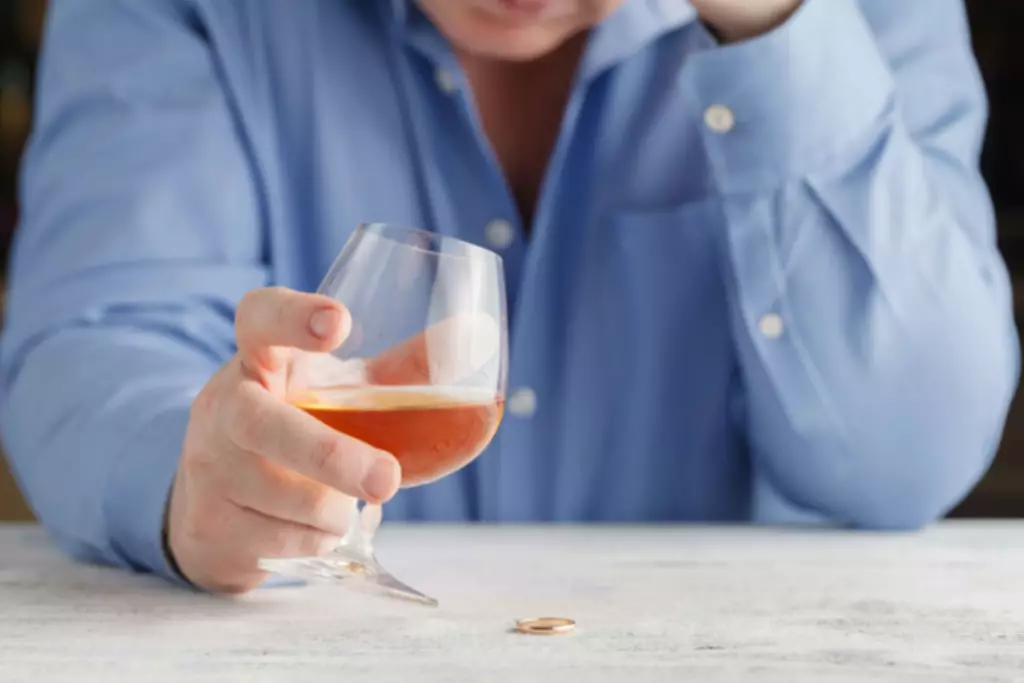They’re more intensive than outpatient treatment but provide comparable effectiveness to inpatient programs. Research has shown that involvement in mutual help groups can significantly improve abstinence rates and overall well-being during recovery. Individualized therapy sessions are another key component of rehabilitation programs. Here people work one-on-one with compassionate professionals who employ evidence-based therapies considering personalized goals. That helps them discover root causes contributing to addiction and works better when put under a care plan.
My Loved One Needs Help
Inpatient rehab, or residential treatment, is a specialized form of addiction care that provides intensive, around-the-clock treatment for individuals battling addiction. In this environment, patients reside within the rehab facility for a specific period, often between 30 to 90 days, completely immersing themselves in the recovery process. The program includes a mix of medical detox, therapy, counseling, and educational sessions. The goal is to help the patient understand their addiction, manage triggers, and acquire the skills needed for a successful, long-term sobriety.
Individual Behavioral Therapy
City of Addict Entrepreneurs – The New York Times
City of Addict Entrepreneurs.
Posted: Wed, 27 Dec 2017 08:00:00 GMT [source]
The sense of accountability can be a healthy reminder for members to cherish their experience in treatment, while honoring their new lifestyle. Another options would be joining churches or getting involved in hobbies that encourage independence as well as positive focus. This takes the mind of past destructive activities while encouraging present-moment awareness. Each day, you will be given a schedule of treatment activities, appointments and services tailored to meet your specific recovery needs and goals. Learn more about what happens during a typical day of inpatient addiction treatment.
Addiction Treatment
Signing up for outpatient treatment may be ideal if you struggle with less severe addiction or substance abuse. You may consider intensive outpatient programs (IOPs) or partial hospitalization if inpatient treatment doesn’t work for you, is restrictive, or is too expensive. We know that recovering from addiction can be a harrowing journey, one where you feel you may not be able to overcome it alone. If you’re struggling with substance abuse and are looking for your best bet to get clean, inpatient rehabilitation may be the best option for you. Renewal programs provide ongoing counseling and support services, ensuring a smooth transition into everyday life. Sober living facilities create an environment where people can practice the skills they learned in rehab within a supportive community setting.

It is often based on a lifestyle that may include stress and other triggers that lead to drug abuse. Therapies like cognitive behavioral therapy helps the recovering addict understand their underlying issues and address their addiction holistically. Individuals work with therapists to uncover distressing withdrawal symptoms or behaviors.
- Individual therapy or counseling focuses on curbing illicit drug or alcohol use and also addresses other areas of the patient’s life such as work, relationships, and other stressors.
- Balanced nutrition can help you manage the stress of recovery and even curb withdrawal cravings.
- In a letter from 1983, doctors said it would be more cost effective to test the “infectivity” of different Factor VIII brands on patients rather than animals.
- You will also want to consider what’s best for your overall mental health needs.
- These forms of therapy are often fun for clients, helping them to express themselves creatively or try a new activity.
- If you’re struggling with substance abuse and are looking for your best bet to get clean, inpatient rehabilitation may be the best option for you.
- Studies of art therapy show several benefits for SUD patients including decreasing denial, reducing opposition to alcoholism treatment, providing an outlet for dialogue, and lessening shame.
- And River Oaks Treatment Center offers wellness activities and art and music therapy.
- The code outlines 10 principles, including giving people the choice over whether to participate in research, and giving them sufficient information of the hazards.
- An aftercare program, sometimes called continuing care, helps bridge your time between graduating from a treatment program and returning to your home environment, responsibilities, and support system.
- At nearly all treatment programs sleeping is only allowed during certain hours.
- Some programs offer morning classes where you’ll have an opportunity to take part in activities such as yoga, meditation, exercise, or prayer opportunities to help start your day in a relaxed state of mind.
Individual therapy focuses on short-term behavioral goals and helps the patient develop coping strategies and tools to maintain abstinence. Research trials show anywhere from 6% to 13.5% of participants stop taking these drugs, primarily because of side effects. Sir Brian concluded how long is drug rehab that the UK Government had overseen a “litany of failures”. And yet for more than 30 years, it maintained that patients had been given “the best possible treatment”. Documents later unearthed by survivors revealed doctors had referred to patients as “cheaper than chimps”.
- In most cases, rehab centers have designated “lights out” times when it’s encouraged to wind down and get some much-needed shut-eye.
- This article will explore inpatient rehab, explaining how it works, what to expect, how to find a rehab center and ways to support someone who needs help.
- Dedicated nurses ensure that those with prescribed medications receive them as needed to manage withdrawal symptoms or address any existing mental health conditions.
- Completing a drug and alcohol treatment program is a momentous achievement, but continued recovery maintenance is important for long-term sobriety.
- It can be scary to enter a new living situation without the creature comforts of home.
- It’s also vital to find a program that uses evidence-based care, meaning the treatments offered are based on science-backed evidence instead of experimental therapies, he adds.
The 12 steps encourage individuals to acknowledge powerlessness over their addiction, develop self-awareness, make amends for past actions, and actively seek spiritual growth. Through attending regular support group meetings centered around these steps, participants find fellowship among peers who understand what they’re going through. During your free time, you may have options like attending fitness sessions at an on-site gym.
- Documents later unearthed by survivors revealed doctors had referred to patients as “cheaper than chimps”.
- It is important to find a support group of some kind, whether it is based on the 12-Step model or not.
- However, there are some signs to look out for that indicate intervention is necessary.
- The US Food and Drug Administration, which regulated blood products, ignored these warnings and set a limit at 100,000 donations per batch.
- Additionally, medications are used to help people detoxify from drugs, although detoxification is not the same as treatment and is not sufficient to help a person recover.
